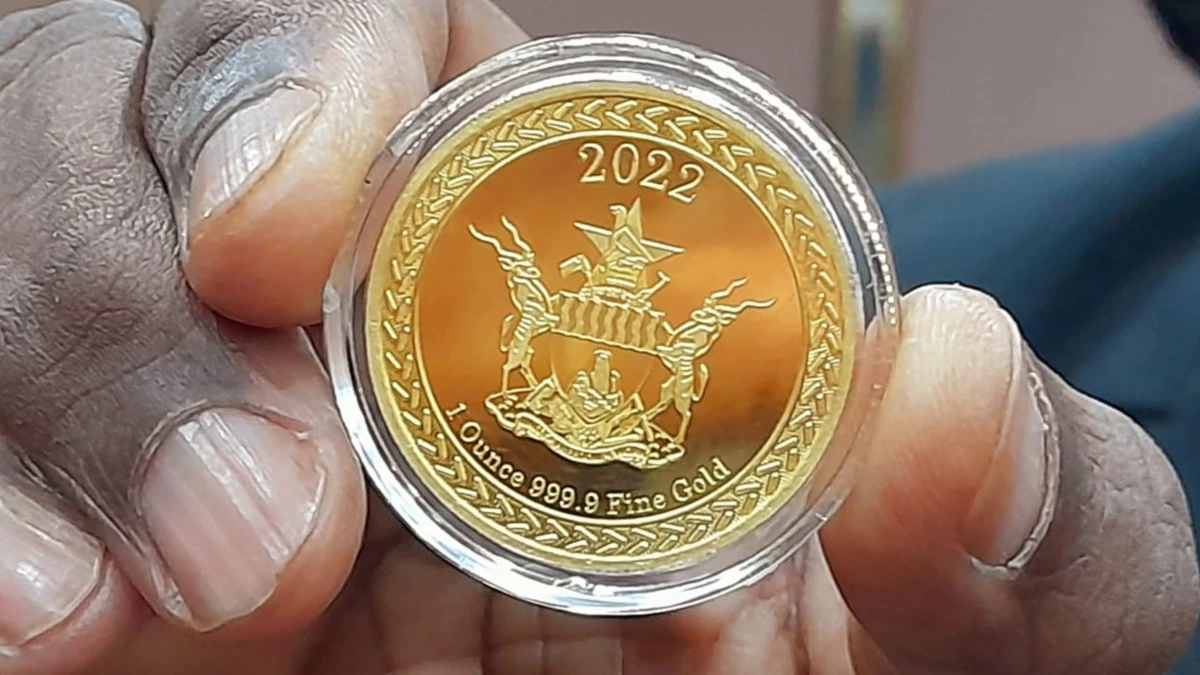
PRELIMINARY money supply figures show that for the week ended August 5 Reserve Money (RM) increased by 1% to ZW$36 billion (US$72,7 million at US$1:ZW$494,9), from a week earlier, a record high.
The increase in Reserve Money was primarily driven by growth in required reserves by ZW$351,88 million and an increase of currency issued by ZW$121,51 million.
Statutory (required reserves) increased from ZW$28,91 billion in the previous week to a latest figure of ZW$29,26 billion in the week under review.
The growth in RR is largely driven by banks whose deposit levels are adjusting in line with inflationary pressures.
RM remains one of the most volatile components of the Money Supply.
Statutory reserves increased from ZW$28,91 billion in the previous week to ZW$29,26 billion as of August 5, this year. The value of currency issued by the RBZ increased to ZW$6,63 billion from ZW$6,51 billion.
Government issuance of gold coins and a tighter monetary policy has helped mop up excess liquidity in the economy, thus stabilising the currency.
The Zimbabwean dollar has clawed back a bit of value on the parallel market and maintained a downward spiral on the auction market, as expected, given the gap between the two markets.
- Chamisa under fire over US$120K donation
- Mavhunga puts DeMbare into Chibuku quarterfinals
- Pension funds bet on Cabora Bassa oilfields
- Councils defy govt fire tender directive
Keep Reading
Our view is that the exercise is not sustainable over a mid to long-term scale and may cause more drastic damage to the currency in the medium term.
Over the latest six weekly sessions on the auction market, the Zimdollar has cumulatively lost over 23% in value against the US dollar.
This deduces to an average of over 4% loss per session.
The pace of decline per week has since doubled since May and has maintained a relatively stable decline since then.
Overall this is not a rosy picture to paint.
However, there is more to the trend than what meets the eye.
Performance of the Zimdollar on the auction market has since June, not been entirely dictated by the RBZ, as in the past.
The central bank recently launched gold coins to be sold to the public, in a bid to tame the run-away inflation that is cankering at the unstable Zimbabwean dollar.
Zimbabwe’s annual inflation surged to 256,9% in July from 191,6 percent the previous month.
The month-on-month inflation rate in July stood at 25,6%, shedding 5,1 percentage points from the June rate of 30,7%.
At the end of May, the government decided to let the interbank rate inform the auction rate.
The interbank rate is seen as a true reflection of market forces and therefore likely to lead to fewer distortions in the exchange market.
The interbank rate is set by individual private bids and offers on a deregulated market controlled by banks.
According to the most recent RBZ Monthly Economic Review (June 2022), broad money (M3) increased by 270% between May 2022 and June 2022, rising from ZW$971,54 million a month earlier to ZW$1,11 billion.
Likewise, RM increased from a month earlier when it realised a 44% YOY growth to in the 12 months leading up to June 2022.
In June 2022, credit to the private sector, which was the main driver of money supply growth grew by 438,39%.
Between May and June of this year, FCAs saw a slight uptick, holding 57,7% of M3 in Foreign CAs (up from about 58,9% a month earlier), potentially driven by currency depreciation. In the week under review, FCA balances dropped from US$1,86 billion to US$1,77 billion.
This article was written in collaboration with Gerald Macheka, an economist at Equity Axis
- Mabunda is an analyst and TV anchor at Equity Axis, a leading financial research firm in Zimbabwe. — [email protected]










